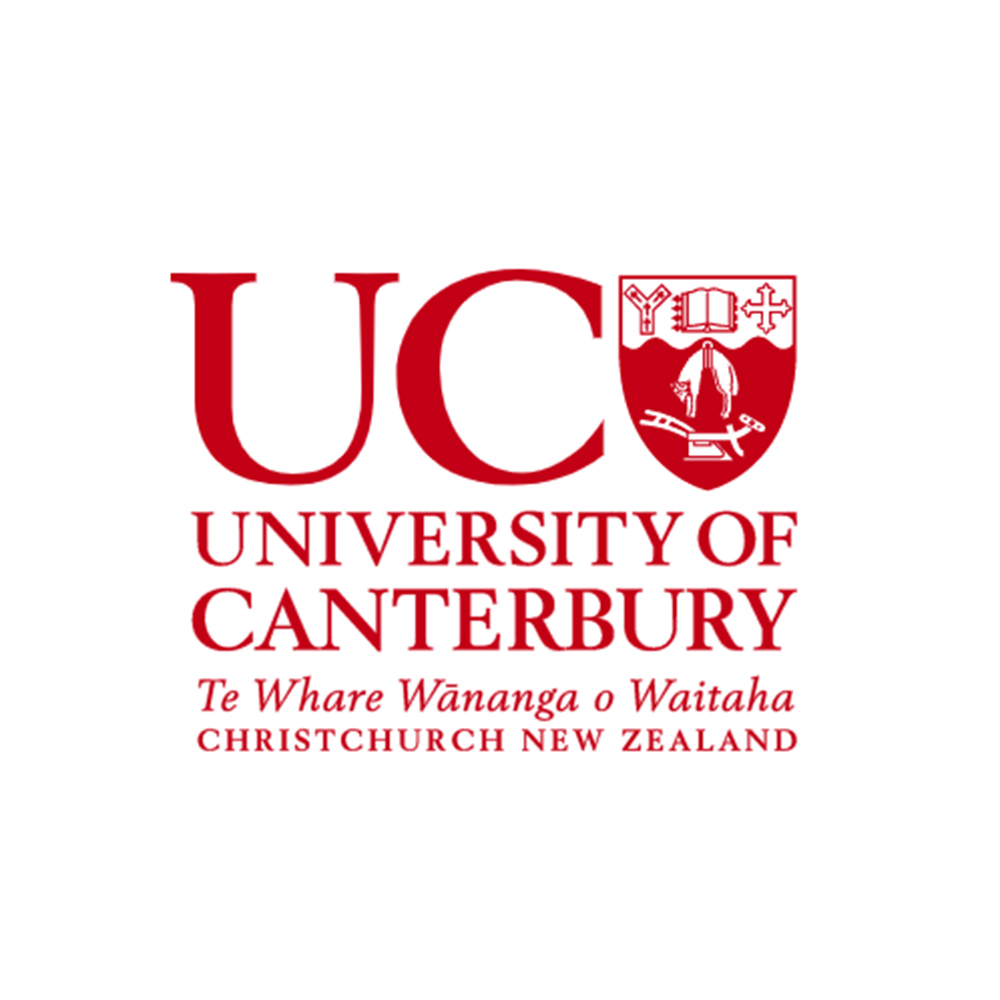The University of Canterbury in Christchurch is New Zealand’s second oldest university. It was founded in 1873 as Canterbury College, the first constituent college of the University of New Zealand. The university originated in 1873 with the foundation of Canterbury College, the first constituent college of the University of New Zealand. When it comes to research, the University has particular strengths in Earthquake engineering, Astronomy and Astrophysics, Mathematics and Statistics. In terms of teaching, it offers a wide variety of programmes leading to degrees in Arts, Business, Education, Engineering, Forestry, Law, Music and Science. The campus is located close to the city centre and covers 75 hectares. There are over 17000 students enrolled at UC including around 4500 international students from 100 different countries. The main language of instruction is English.
Canterbury College was established by an act of parliament on 13 December 1873 as a constituent college within the newly formed University Of New Zealand. Its original site consisted about 35 acres (14 ha) bounded by Rolleston Avenue (then called Manchester Street), Cashel Street and Salisbury Street; this land had been donated by Bishop George Selwyn when he arrived in Lyttelton on his episcopal visit in May 1857. Selwyn intended that Canterbury College should be “a thoroughly efficient training establishment for ministers and missionaries” within his diocese; however its primary function soon became that “of giving secondary education” under headmaster John Llewelyn Davies who resigned after two years due to ill health.:10:33–35 A competition for architect’s plans for Canterbury College buildings was held late in 1874, but none met all requirements so tenders were invited early in 1875; however these also failed to meet expectations so new plans were drawn up by Cane Wilson who won a limited competition held later that year.:72 Tenders for building construction were finally accepted early in 1876, with construction commencing later that year;:131 one building – part brickwork/part timber – was completed before classes began while others continued to rise around it during subsequent years: Science Block (1877), Main Building or Clocktower block (1880), Memorial Hall (1881) which also housed Assembly Hall and Library until 1926 when these functions moved into separate purpose-built buildings.:48 From 1904 onwards women were admitted as full-time students although not yet allowed degree status nor entry into some areas such as Medicine until 1919/1920 when both restrictions were removed following nationwide agitation led by Kate Sheppard among others.:67 During World War I military training camps were set up on campus resulting eventually – after post-war demobilisation – in bedsits being provided within existing buildings especially those along Rolleston Avenue which acquired an unsavoury reputation known colloquially as “Bunkum Alley”. This situation improved markedly from mid-century onwards culminating eventually with redevelopment starting from 2000 onwards centred upon transforming Rolleston Avenue into a tree-lined mall creating what has been described as an “enticing gateway” into campus whilst simultaneously providing much needed extra student accommodation via multi-storeyed blocks either side thereof though some heritage features such as old lamp posts have been retained..


